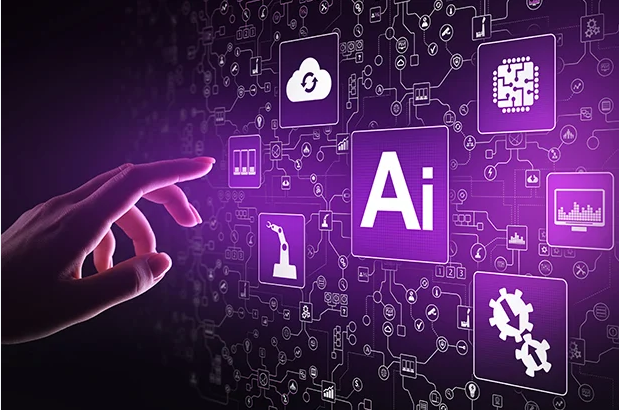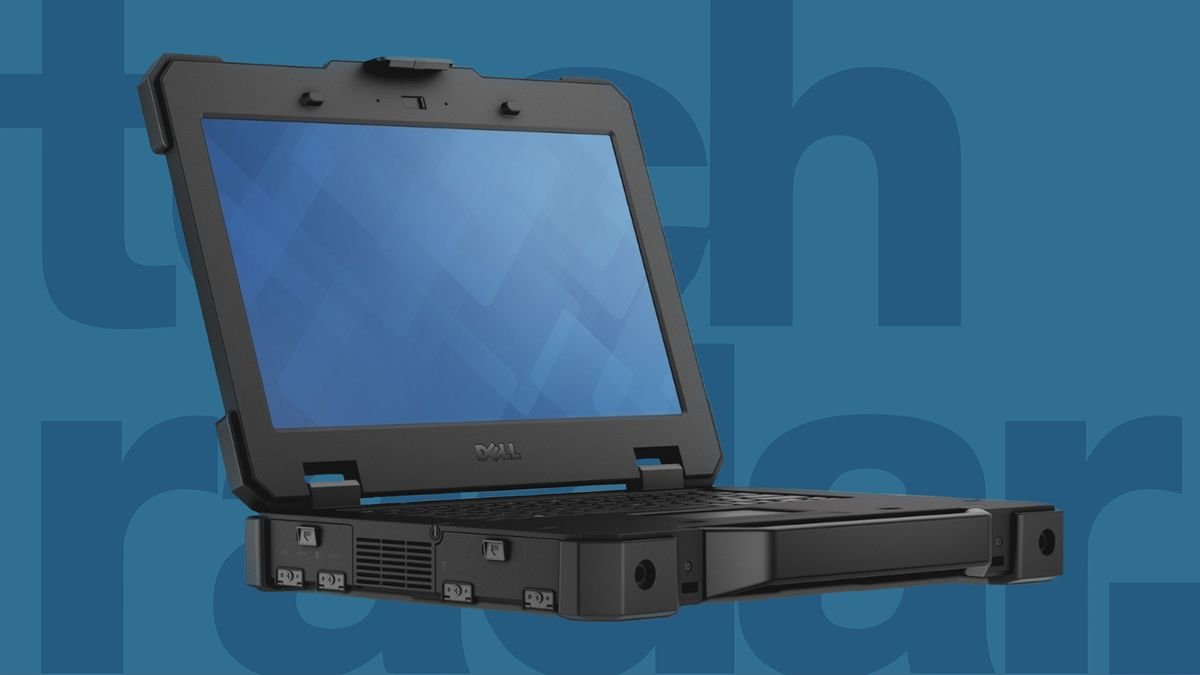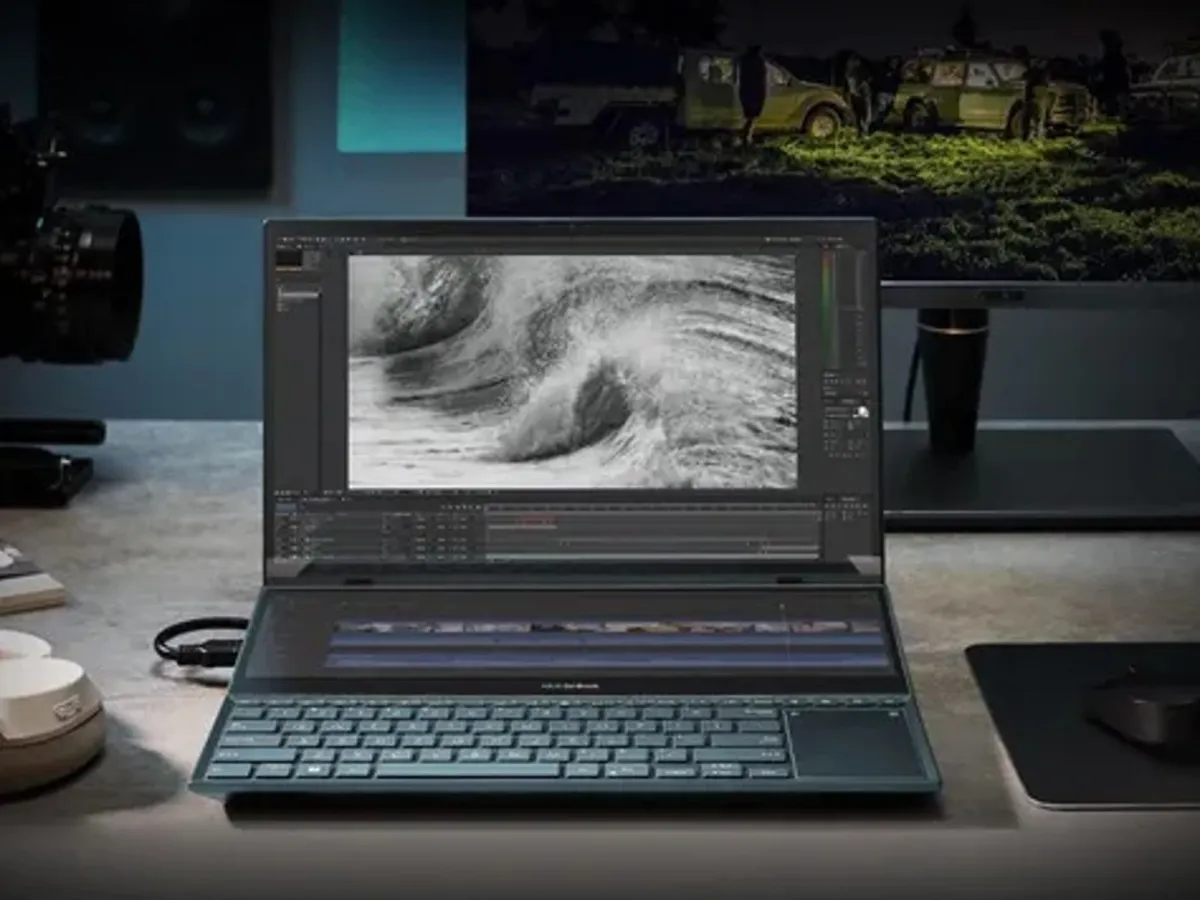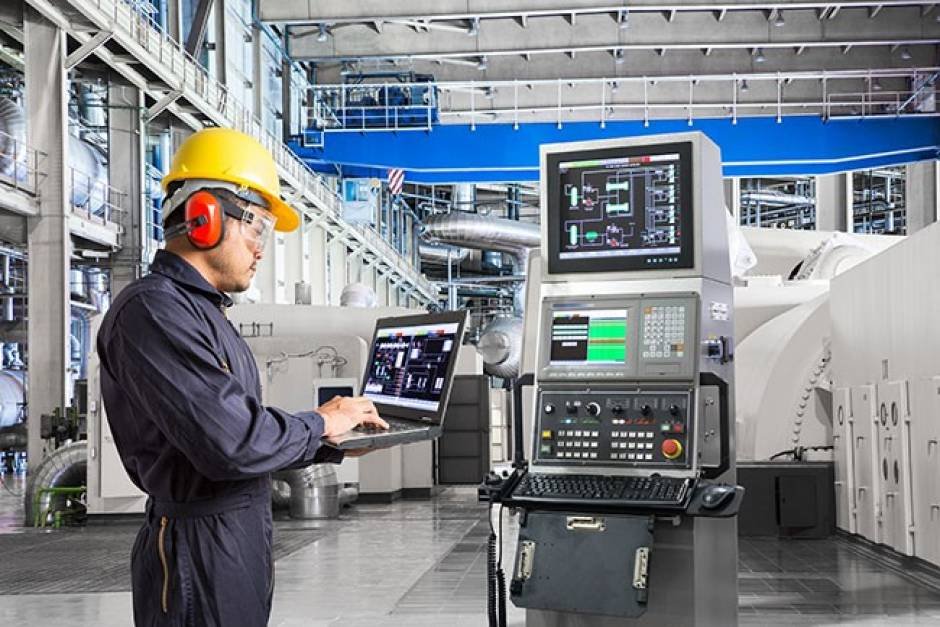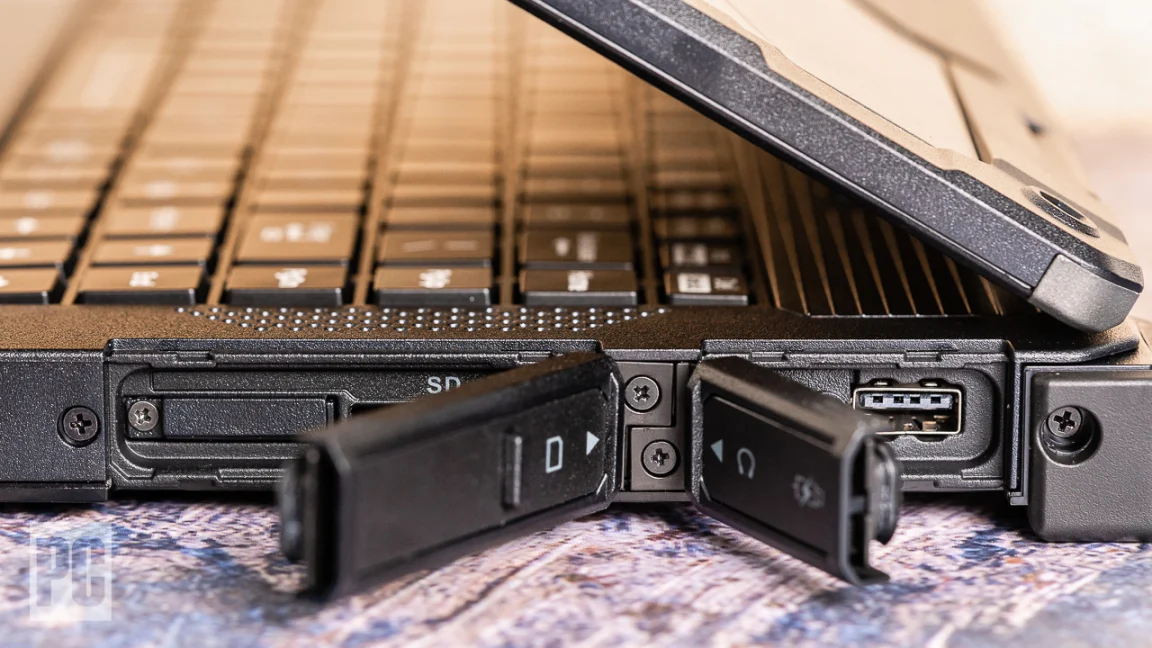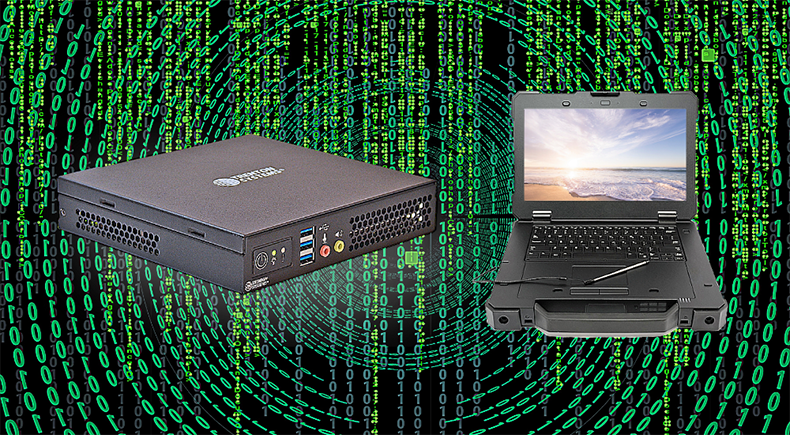What Is Sensor Fusion?
When multiple sensor devices are all pooled together to produce data information, this is named as the concept of sensor fusion. Sensor fusion, or sensor data fusion, is a technique that combines data from multiple sensors to create a more accurate and reliable model. By using software algorithms, deployments can utilize the strengths of many types of sensors.
Different Types Of Sensors & Data
Sensors range from all types of IoT devices. These include video cameras, LiDAR (Light Detection and Ranging), Radar, GPS, or any other types of devices that output signals to detect events and changes in its environment. These sensors all collect data and send the respective information to other electronics, commonly a computer, to process information. Sensor fusion creates all types of data and the type of data that is fed and processed defines what sensor fusion is.
Why Is It Important?
Sensor fusion’s functionality and significance can be thought of as a human body’s five senses. Each of the five senses allow a person to make sense of the environment around them and accurately process the information that surrounds them. Each sense is unique as they observe and collect information in a different way. By combining our different sensory functions (sight, sound, taste, smell, and touch) our body can form a more complete picture of information to make a decision based on the received data. All senses work together to send information to our brain to then make an informed decision. For example, if we were in a room with a gas leak, although we are unable to see the gas, the smell coming from the origin of the leak would alert our brain that we will have to quickly exit the room.
Each sensory input has its strengths that work together to build a more complete picture and helps compensate for individual weaknesses. Our brain is the central processing unit that pieces the pieces of the puzzle together. The same concept applies when we attribute various types of individual sensors joining together to help make informed decisions and ensure safety and reliability in industrial applications.
The core concept leverages the strengths of each type of sensor while compensating for their weaknesses. For instance, a camera can provide high-resolution images but struggle in low-light conditions, while a LiDAR camera can accurately measure distances, but struggle with identifying color or texture. By fusing data from these sensors, a more holistic and accurate representation can be obtained.
Key Principles Of Sensor Fusion
Without diving into a rabbit hole of technicalities, sensor fusion follows strict methods to properly combine data from multiple sensors efficiently and effectively. Different methods vary in degree of complexity, compute requirements and level of accuracy that they are able to provide. The intricate nature of sensor fusion is what allows for a robust way to paint a complete understanding of surroundings and situations at hand. In this blog, we will cover a range of different ways sensor fusion is classified and categorized for data processing.
Types Of Sensor Fusion Configuration And Classifications
Sensors all reside in various locations and placements around a certain application. These devices operate differently depending on the application as well. However, they perform the necessary function to collect data in some way. In order to understand sensor fusion more, we must investigate how people integrate sensor fusion and pick how they collect the necessary data for their application.

